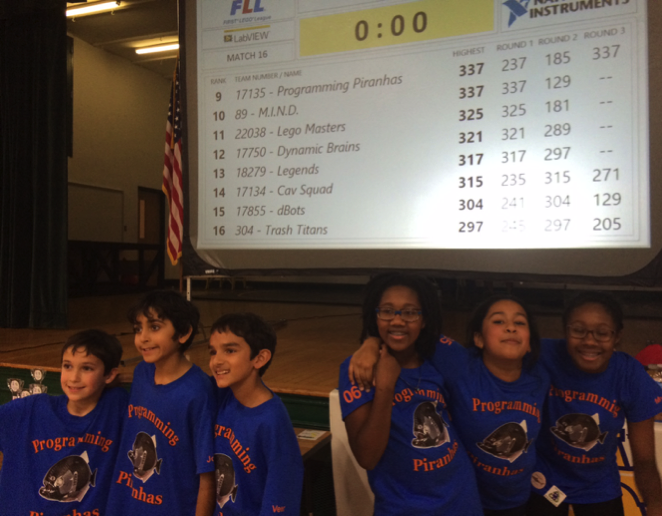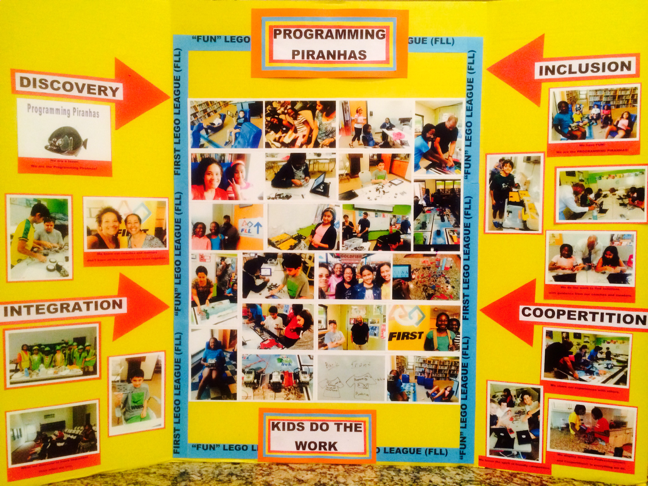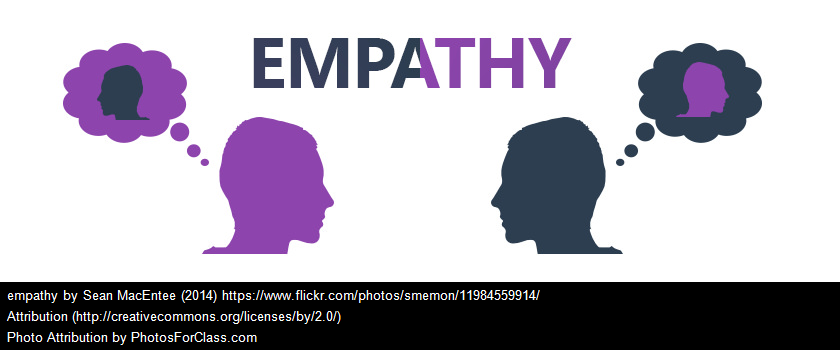This post has been a long time coming as something always seemed to get in the way. This past year, I had the pleasure to work with our grade 8 language arts teachers on a graphic novel project. Students investigated graphic novels in class in preparation for writing their own. Using the awesome Book Creator App on our student iPads they were charged with creating their own graphic novel. We used the comic book template and this Google Slide Presentation to get started. Using Sketchbook Express (iTunes link) or other drawing apps on the iPad, students created images to go with their story. Many students combined their 8 years of art to create amazing images to support the story. Esme (Havoc) created her novel with images she drew in a style that creates a darkness. Esme told Mr. Michelman that she worked the hardest she has ever worked on any project on her novel. She told him that it was not ready as she wanted a little more time to perfect some element. As the school year came to a close we got this message from Esme:
From: Esme
Sent: Monday, May 30, 2016 2:55 PM
To: Ben Michelman
Subject: What Will Become of Havoc?
Hello Mr. Michelman,
Sorry for interrupting Memorial Day, and I know this is terrible timing, but I was wondering what will happen to the graphic novel I made. What should I do with it? Because I want to be able to still edit over the summer, but I don’t know how I’ll be able to do that.
Sorry,
Esme
How many times as that happened in your teaching? The assignment is over, student has graduated, and they want to still work on a project you assigned? This is the definition of engaged and highlights what can happen with student agency.
Emma took a different approach and used models for her drawings. Using her sister and family dog, she posed them and took images. Using the same Sketchbook Express app, she brought the image in on a layer and then used more layers to trace her characters. Once done, she removed the first layer. Her story and images are also well developed and support the happy ending in her story. I submitted her book to the Book Creator contest where she was one of the top ten finalists. She also started creating another book on Romeo and Juliet in order to help students understand it better.
I think both of these students have a future in book writing or whatever they choose to do. The only aspect I would hope they would include next time in their books, is a Creative Commons license so their work can be tied to them as a creator.
A challenge for their future teachers would be to connect to this passion and continue to bring it out. If you would like to read the ePubs you can access them in the shared Evernote note.
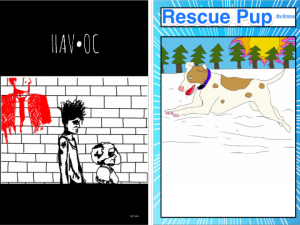
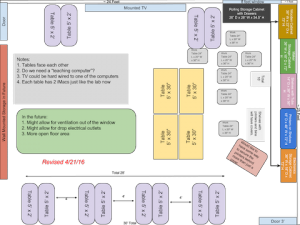



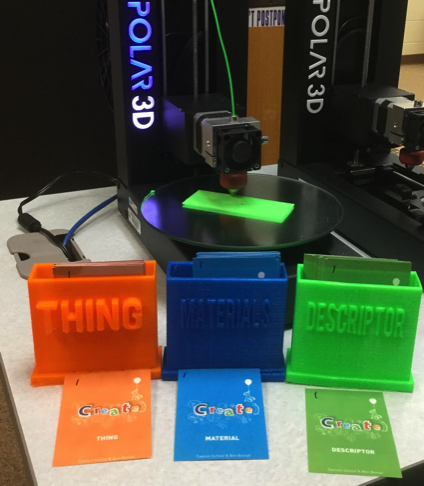 Making Maker Cards from Leigh Northrup
Making Maker Cards from Leigh Northrup